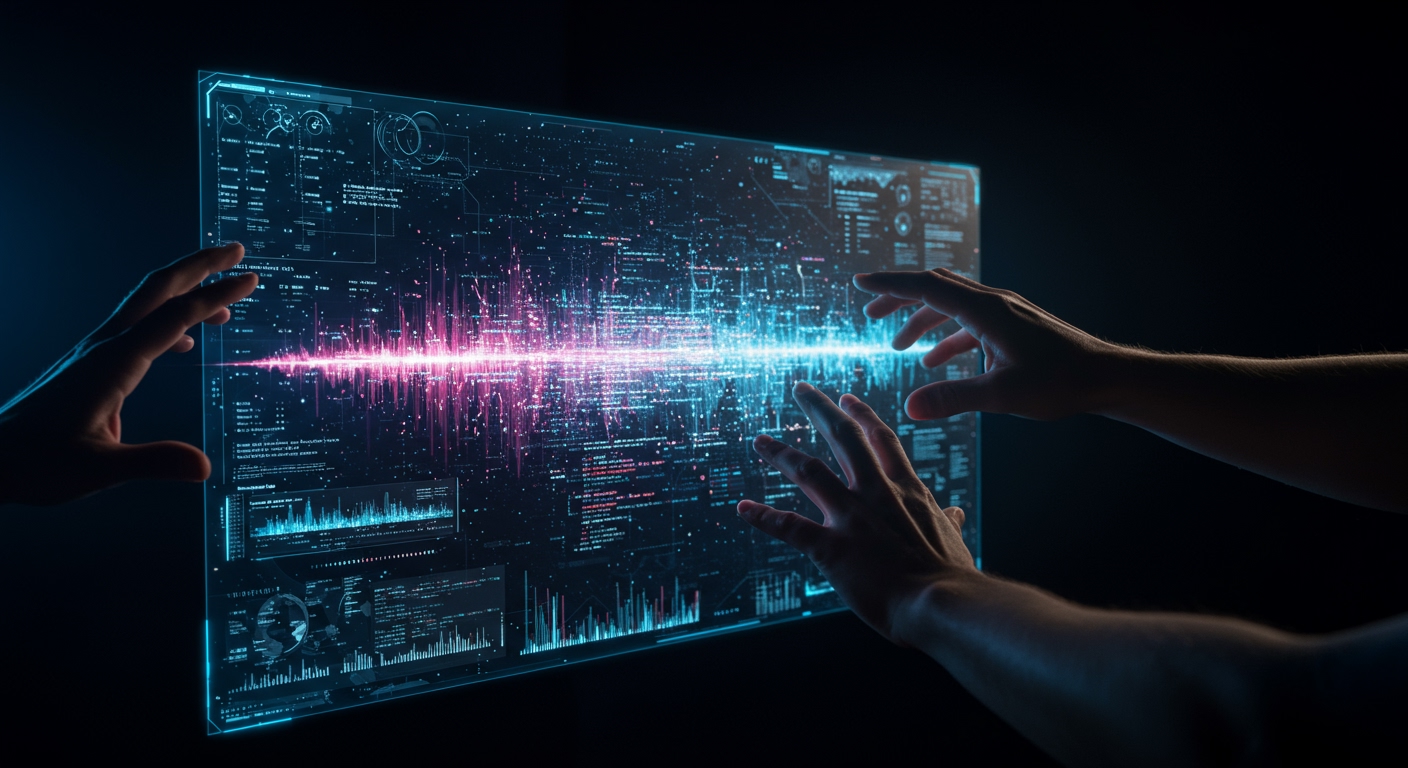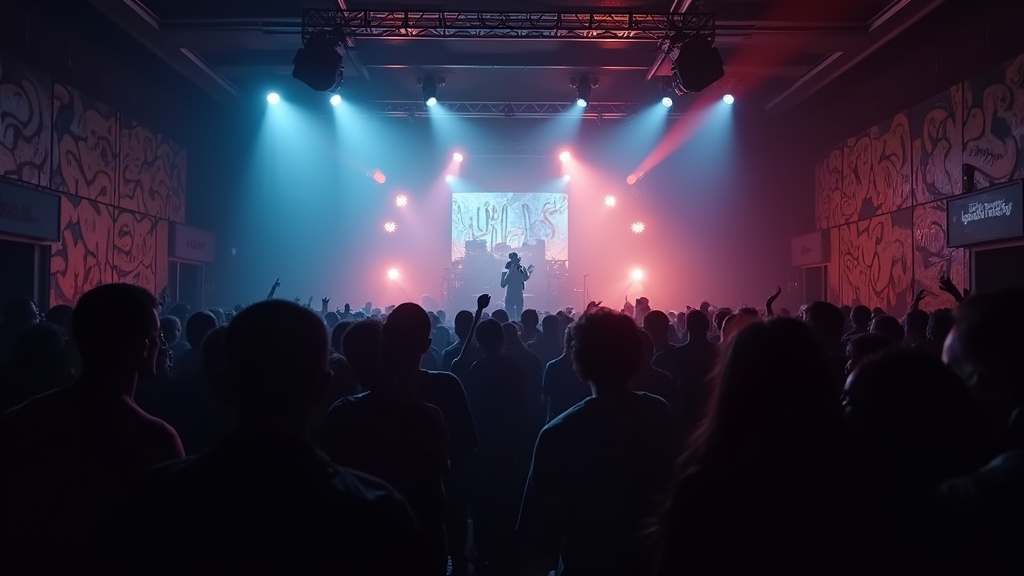Mountain View, California — Google’s Magenta team has announced the public release of Magenta RealTime, or Magenta RT, an innovative open-weight artificial intelligence model designed to revolutionize music generation by enabling real-time, interactive capabilities.
The introduction of Magenta RT marks a significant step forward in the field of generative audio, aiming to provide what researchers describe as “unprecedented interactivity” for creating music with AI. Unlike many previous generative models that required significant processing time to produce audio clips, Magenta RT is engineered for immediacy and responsiveness.
Accessibility and Open Collaboration
Released under the permissive Apache 2.0 license, Magenta RT is readily accessible to researchers, developers, and music enthusiasts worldwide. The model’s code and resources are available on prominent platforms, including GitHub and Hugging Face, underscoring Google’s commitment to fostering open collaboration and innovation in AI-driven creativity.
Google highlights Magenta RT as the first large-scale music generation model capable of real-time inference coupled with dynamic, user-controllable style prompts. This combination allows creators to influence the generated music instantly as it is being produced, a critical feature for live performance, interactive installations, and dynamic content creation.
Core Technology and Performance
Building on foundational techniques established by previous Google models like MusicLM and MusicFX, Magenta RT features a sophisticated technical architecture optimized for speed and efficiency. It utilizes an 800 million parameter Transformer architecture, a powerful type of neural network particularly effective for sequence-to-sequence tasks like language and music generation.
The model was trained on a substantial dataset comprising approximately 190,000 hours of instrumental stock music. This vast training corpus allows Magenta RT to generate a wide variety of musical styles and textures.
A key technical achievement of Magenta RT is its support for streaming synthesis. The architecture is specifically optimized for generating audio in short, manageable 2-second audio segments. This segmented approach is crucial for maintaining low latency and enabling real-time output.
Furthermore, the model boasts a forward real-time factor (RTF) greater than 1. This technical specification means that the model can generate music faster than real-time playback. Researchers demonstrated this capability, noting that generation proceeds quicker than the music is heard, even when running the model on free-tier Colab TPUs, illustrating its relative efficiency.
Interactive Control and Conditioning
Interactivity is at the heart of Magenta RT’s design. The model includes temporal conditioning, utilizing a 10-second audio history window. This allows the AI to maintain musical coherence and build upon what has just been generated, ensuring a sense of continuity in the composition.
Perhaps one of the most compelling features is its multimodal style control. Users can dynamically guide the music generation process using either text prompts or reference audio. This provides a flexible interface for shaping the AI’s output in real-time.
To facilitate this granular, real-time control, Magenta RT incorporates a new, purpose-built component: a joint music-text embedding module named MusicCoCa. This module represents a hybrid of MuLan and CoCa, two prior models focused on understanding the relationship between music and text or images. MusicCoCa enables sophisticated real-time semantic control over the generated music, allowing users to influence aspects such as genre, instrumentation, and stylistic progression on the fly.
Implications for Creativity
The release of an open-weight, real-time AI music model like Magenta RT has potentially profound implications for creative workflows. Musicians could use it as an interactive improvisational partner. Game developers could integrate it to create dynamic, ever-changing soundtracks that respond to player actions. Content creators could generate bespoke background music instantly for videos or podcasts.
The ability to control the music generation dynamically through text or audio prompts, combined with the speed of real-time inference, transforms the generative audio process from a batch task into a truly interactive experience. It opens up new avenues for exploration at the intersection of human creativity and artificial intelligence.
Looking Ahead
The open-weight nature of Magenta RT, coupled with its availability on popular platforms, is expected to encourage rapid experimentation and development within the AI music community. As researchers and developers explore its capabilities and build upon its foundation, the potential applications for real-time, interactive music generation are vast and largely unexplored.
Google’s Magenta team’s latest contribution provides a powerful new tool, lowering the barrier to entry for interactive AI music creation and setting a new benchmark for performance and controllability in the field.





